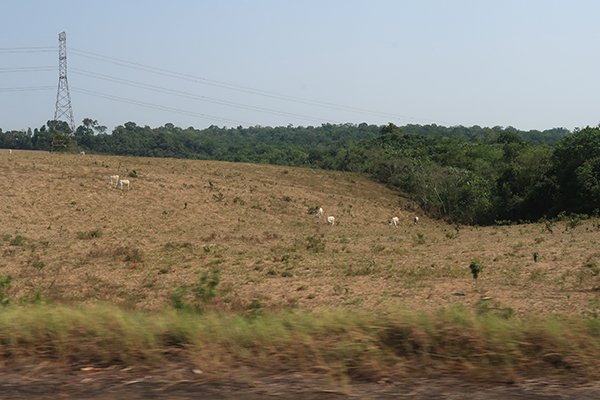The Amazon Rainforest, the world's largest tropical rainforest, plays a crucial role in regulating the global climate. Absorbing about 220 million tons of CO2 annually, it acts as a carbon sink, a natural system that absorbs more CO2 from the atmosphere than it releases. However, as CO2 concentrations increase due to global warming, the Amazon is likely to experience reduced rainfall during its rainy season. This reduction can lead to higher tree mortality rates and forest shrinkage, weakening the rainforest's ability to absorb carbon and further exacerbating global warming.
A recent study led by Prof. HUANG Gang from the Institute of Atmospheric Physics of the Chinese Academy of Sciences highlights the challenges facing the Amazon under a CO
2 removal scenario. The study, published in the
Journal of Environmental Sciences, examines the reversibility of rainy season precipitation in the Amazon.
According to the researchers, rainy season precipitation in the Amazon is irreversible under the CO2 removal scenario. During the CO2 removal phase, the region experiences anomalously low precipitation compared to the ramp-up phase at the same CO2 concentration. This puts the Amazon at risk of drought, mainly due to an enhanced El Niño-like warming pattern (more intense warming in the tropical eastern Pacific than in the western Pacific) in the tropical eastern-central Pacific during the CO2 removal phase.
This warming pattern affects the Amazon in two ways: it weakens the zonal circulation (which rises in the tropical central eastern Pacific and sinks in the Amazon region) and stimulates a quasi-stationary Rossby wave train, a series of anomalous positive and negative atmospheric pressure centers fixed in place, which generates anomalous upward motions in the Caribbean Sea. The resulting uplift motion induces subsidence in the Amazon, weakening local meridional circulation and moisture transport.
Consequently, the combination of anomalous subsidence motion and weakened moisture transport leads to low and irreversible rainy season precipitation in the Amazon.
"The Amazon region remains vulnerable to drought even as atmospheric CO2 concentrations decrease. To address this ecological vulnerability, we need to develop more effective local climate mitigation measures," said Prof. HUANG Gang, corresponding author of the study.

Deforestation and grazing in the Amazon rainforest contribute to its vulnerability to drought. (Image by XU Xiyan)





